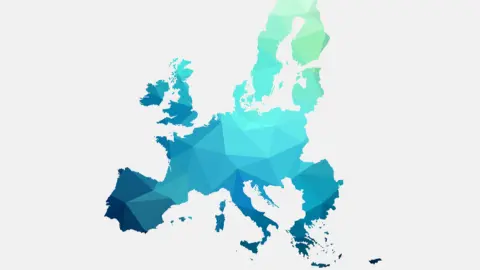Asia week ahead: Central bank meetings in Australia and India
The trade war remains the key theme for markets in a week that will see China’s retaliatory tariffs on $60 billion of US goods come into effect. Adding to the volatility is a raft of economic data and two central bank meetings
PMIs will indicate slowdown in activity
It’s a heavy economic calendar packed with the usual start-of-the month releases of purchasing manager index, trade, and inflation, as well as two central bank policy meetings.
The escalation of the US-China trade war – the US raised tariffs on $200bn of Chinese goods from 10% to 25% effective 10 May, and China matched the hike on $60bn of US goods from 1 June – is likely to have weighed on activity growth. The impact might be more striking in the sentiment-driven PMI data as advance estimates of manufacturing PMI for G3 economies (US, EU, and Japan) have shown a sharp slowdown in activity – in fact, contraction in EU and Japan. Judging from the consensus forecasts, China’s manufacturing is likely to have taken that path too.
Korea’s trade figures for May, the first trade data release of the month from the region is expected to show a steep export decline. Inflation hasn’t been an issue across pretty much the entire region but the Philippines will be under scrutiny for CPI data that’s likely to show lower food prices denting inflation below the central bank's target of 3% and thus pave the way for further policy easing.
And, then the spotlight shifts to Reserve Bank of Australia and India.
Australia's central bank rate cut in the bag
There is almost a unanimous consensus forecast of the Reserve Bank of Australia cutting the cash rate by 25 basis points to 1.25% at its meeting on 4 June.
The minutes of the May meeting revealed policymakers’ increasing concerns about growth, stemming from ongoing weakness in household consumption, the housing market, and the slump in the mining sector. Even as employment and wage growth continued to be strong this failed to stimulate consumption, leaving inflation well under the RBA’s 2-3% policy target (1.3% year-on-year in 1Q19). The RBA has cut the outlook for both growth and inflation. Testifying to this will be the GDP report for 1Q19 coming a day after the central bank meets.
A lower cash rate would support employment growth and bring forward the time when inflation is consistent with the target. Given this assessment, at our next meeting, we will consider the case for lower interest rates. - RBA Governor Philip Lowe
Earlier this month, Governor Lowe signalled that rate cuts would be discussed at the June meeting. We believe one cut will not be sufficient. Rob Carnell, our in-house RBA-watcher, is looking for one more cut in the third quarter.
Australia: De-coupling of wages and inflation

India: RBI ending its easing cycle
The Reserve Bank of India also meets next week on 5 June with consensus almost evenly split between a 25 basis point policy rate cut and staying on hold. We've been calling for stable policy after back-to-back rate cuts in February and April meetings.
The third consecutive cut looks a bit like too much accommodation for the economy facing the risk of rising inflation. GDP growth looks to have slipped further to 6.0% in the final quarter of FY18-19 (data due on 31 May) and probably stayed around there in the current quarter. But we see no more downside from here as two RBI rate cuts together with a surge in election-related government spending and favourable base effects should help the recovery in the period ahead.
Inflation risks stem from the excessive loosening of fiscal policy in the run-up to elections, the pent-up passage of higher global oil prices to domestic fuel prices, weak currency, and supply shocks to food prices. While we don’t see these risks materialising just yet, not for another quarter or two, excessive policy loosening could backfire with an inflation spike amid already elevated inflation expectations.
Asia Economic Calendar

This publication has been prepared by ING solely for information purposes irrespective of a particular user's means, financial situation or investment objectives. The information does not constitute investment recommendation, and nor is it investment, legal or tax advice or an offer or solicitation to purchase or sell any financial instrument. Read more
Download
Download article
30 May 2019
Our view on next week’s key events This bundle contains 3 Articles